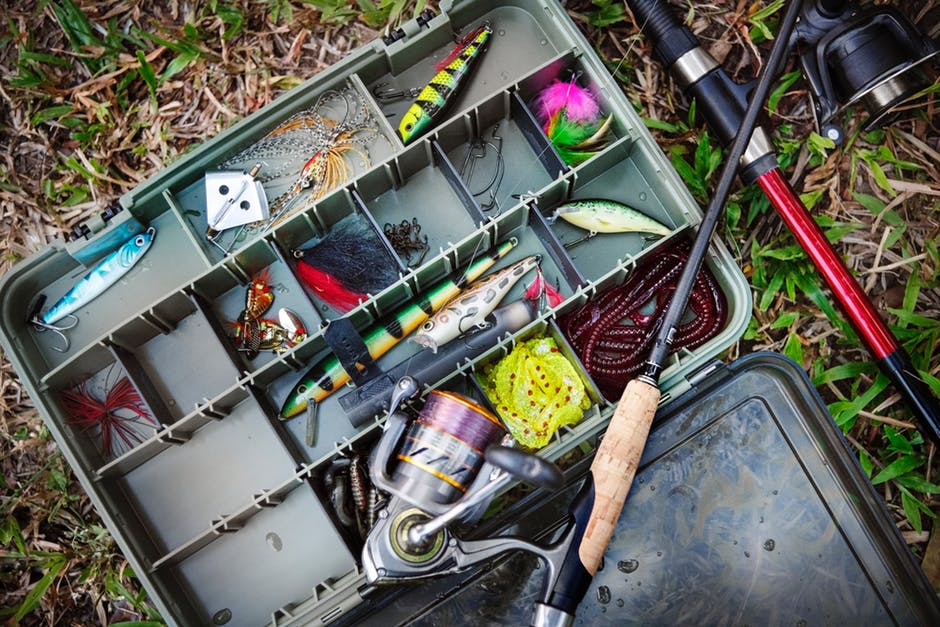
Back in 2018, the global cannabis edibles market had an estimated value of over $2.37 billion. However, experts believe this will grow at least five times more within a few years. As more countries legalize marijuana, the edibles sector could be worth $11.56 billion by 2025.
If you’ve ever had weed butter-infused goodies, you’ve likely wondered if you can make them at home. Yes, you definitely can, so long as you know how to make cannabutter.
Don’t worry, though, as most of the tools you need are already likely in your kitchen. All that’s left for you to buy is excellent quality cannabis. Once you have this, you’re all set to make your own CBD/THC butter.
Ready to learn how to make pot butter? Then read on, as we’ve compiled everything you need to know in this guide.
Set Up Your Kitchen Tools and Ingredients
Making cannabutter requires a two-step method, with the first one being decarboxylation (decarb). The second is for making the butter itself.
For the decarb process (we’ll explain this in more detail later), you’ll need the following:
- A baking sheet lined with parchment
- Wooden spoon
- Grinder
- Good quality cannabis flower
As for the exact weight of the cannabis, this depends on how strong you want the butter to be. If you aren’t that used to edibles, you may want to start with a low dose, which can be 1 to 2 grams per stick of butter. It may be best to begin with a smaller batch of CBD/THC butter, so you can test the potency and adjust it from there.
As for the making the weed butter itself, here are the things you need:
- A small saucepan
- A kitchen thermometer
- A super-fine mesh strainer
- Unsalted butter, preferably clarified butter
- 1/4 cup water (for every stick of butter)
It’s important to adjust the amount of water if you’re going to use more than one stick of butter. Meaning, if you need at least a cup of cannabutter, then you’d need two sticks of butter, plus at least 1/2 a cup of water. You can also use a cannabis butter maker to simplify the process of making the infused butter itself.
Get Ready to Decarb
Decarboxylation is the process of converting certain cannabinoids into another “form” by heat. For example, unlit (or raw) cannabis contains elements like “THCa” and “CBDa.” When you add heat to the formula, you turn that THCa into THC, which is the psychoactive form of the cannabinoid.
CBDa, in turn, naturally converts into CBD when it comes into contact with heat.
So, when you smoke cannabis, you inhale the converted forms of THCa and CBDa. As such, igniting the weed provides instant exposure to the purported benefits of THC and CBD.
However, if you “cook” cannabis straight away, that will “cook-off” its benefits away. That’s why you’d want to decarb your weed prior to making cannabutter. This way, you can convert as much of the plant’s cannabinoids into ingestible THC and CBD.
Besides, if you throw in raw cannabis straight into a pan, the heat may make the fat taste bitter and burnt.
At-Home Decarb Process
There are more scientific ways to decarb, but using an oven is the fastest and easiest. That’s why the list above calls for a baking sheet. Don’t forget to line it with parchment paper, as this will help prevent the flower from burning.
Once you have your decarb tools and ingredients, preheat your oven to 245 °Fahrenheit. Then, follow these steps:
- Break up the cannabis flower into smaller sections (like broccoli florets)
- Spread them over the parchment-lined sheet
- Bake for between 25 and 30 minutes, stirring occasionally using the wooden spoon
- Remove the pan from the oven and set on a wire rack to cool
- Once cool, use the grinder to lightly grind up the flower pieces
Note that the length of “baking” time affects the potency of the decarbed flowers. For example, within the first 20 minutes, about 70% of the THCa would have turned into THC. Half an hour in the oven and as much as 80% of the THCa would have converted into THC.
However, it’s vital to note that longer “baking” times can cause a loss of cannabinoid content. That’s why it’s best not to go beyond 30 minutes. Moreover, a temperature of about 315 °F can already trigger THC to evaporate.
How to Make Cannabutter That’s Not as Bitter
You may have heard of how some people steep decarbed weed into the butter for at least three hours. There’s no doubt that this lengthy process infuses the fat with more cannabinoids.
The thing is, it also makes the butter lose its natural color. The longer you steep the decarbed cannabis, the greener the fat will become.
Moreover, all that chlorophyll can give the cannabutter a more bitter edge. This, in turn, can impact the overall taste of the edibles you’ll make with the infused fat.
If that’s not an issue, then you can certainly go with the two- to three-hour steeping process. If it’s a problem, however, you can cut this down to 45 minutes to an hour, tops. You’ll still get between 80% and 90% of the cannabinoids released into the fat.
To keep your cannabutter yellow but still retain a good amount of THC and CBD, follow these steps:
- Place all the decarbed, ground weed, butter, and water in a saucepan
- Set at low heat
- Use the thermometer to ensure that the temperature does not go higher than 190°F
- Stir occasionally and let simmer for at least 45 minutes but not more than one hour
- Remove from the heat and pour through a sieve set on a heat-proof bowl
From here, you can use a thin, breathable cloth to cover the bowl and let it cool at room temperature. You can also let the butter set in the fridge after you let it sit in room temp for about 15 minutes.
Either way, be sure to remove the excess water once the butter solidifies.
Time for a Taste Test
Once you’ve taken off the excess water, you can already give your cannabutter a try. You can also use it as directed by your marijuana butter-using recipe. Just make sure you stash the leftovers in another clean container and store it in the fridge.
Make Your Homemade Pot Butter Now
There you have it, your ultimate guide on how to make cannabutter. As you can see, it’s quite easy, as your kitchen most likely has everything you need. Just make sure to keep a close watch at the temperature so that you don’t end up burning the fat.
Ready for more kitchen, lifestyle, health, or fitness how-tos like this? Then feel free to check out our other blog categories then!





